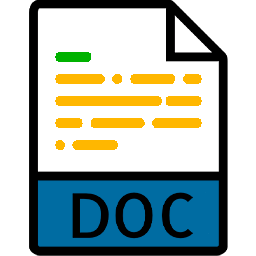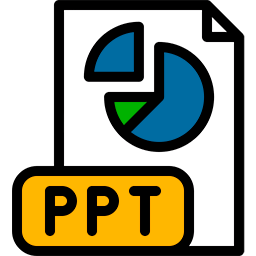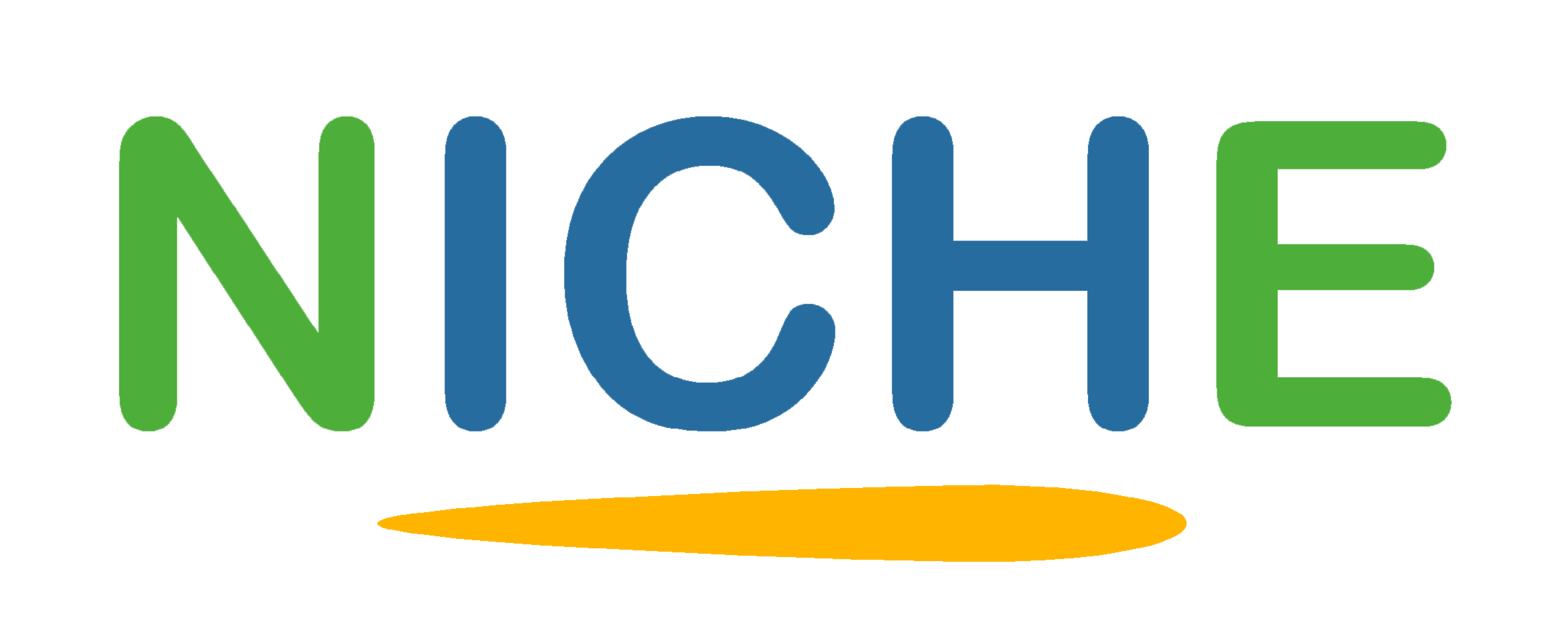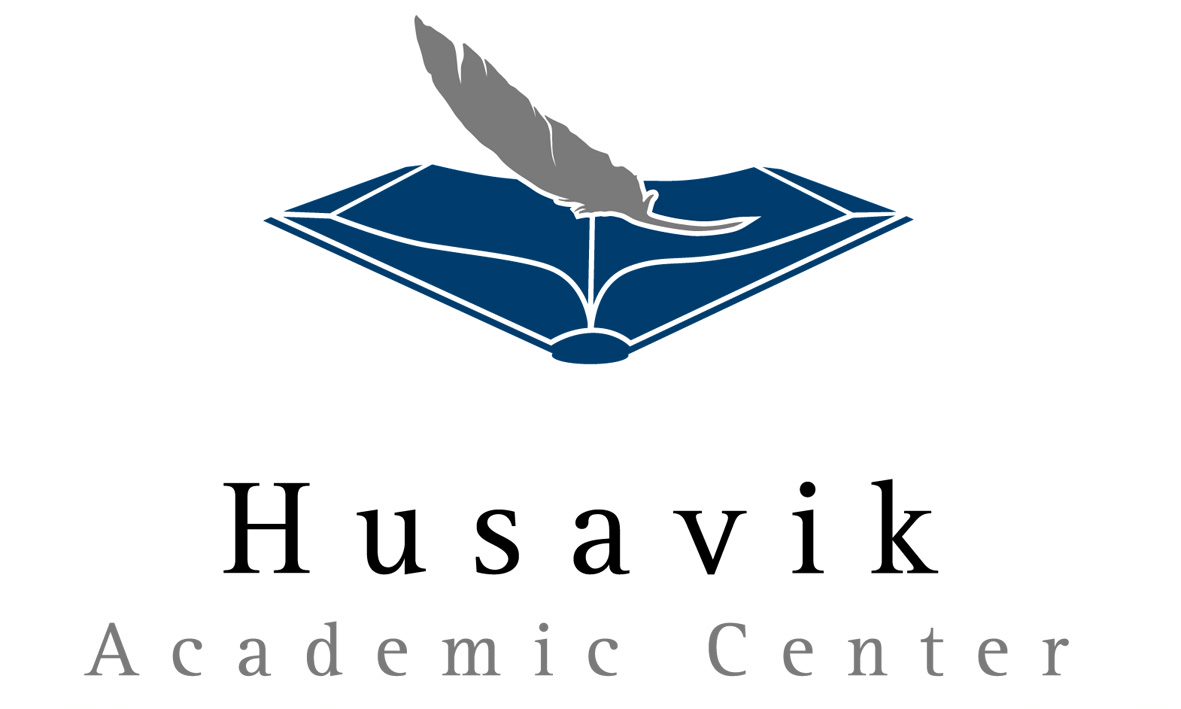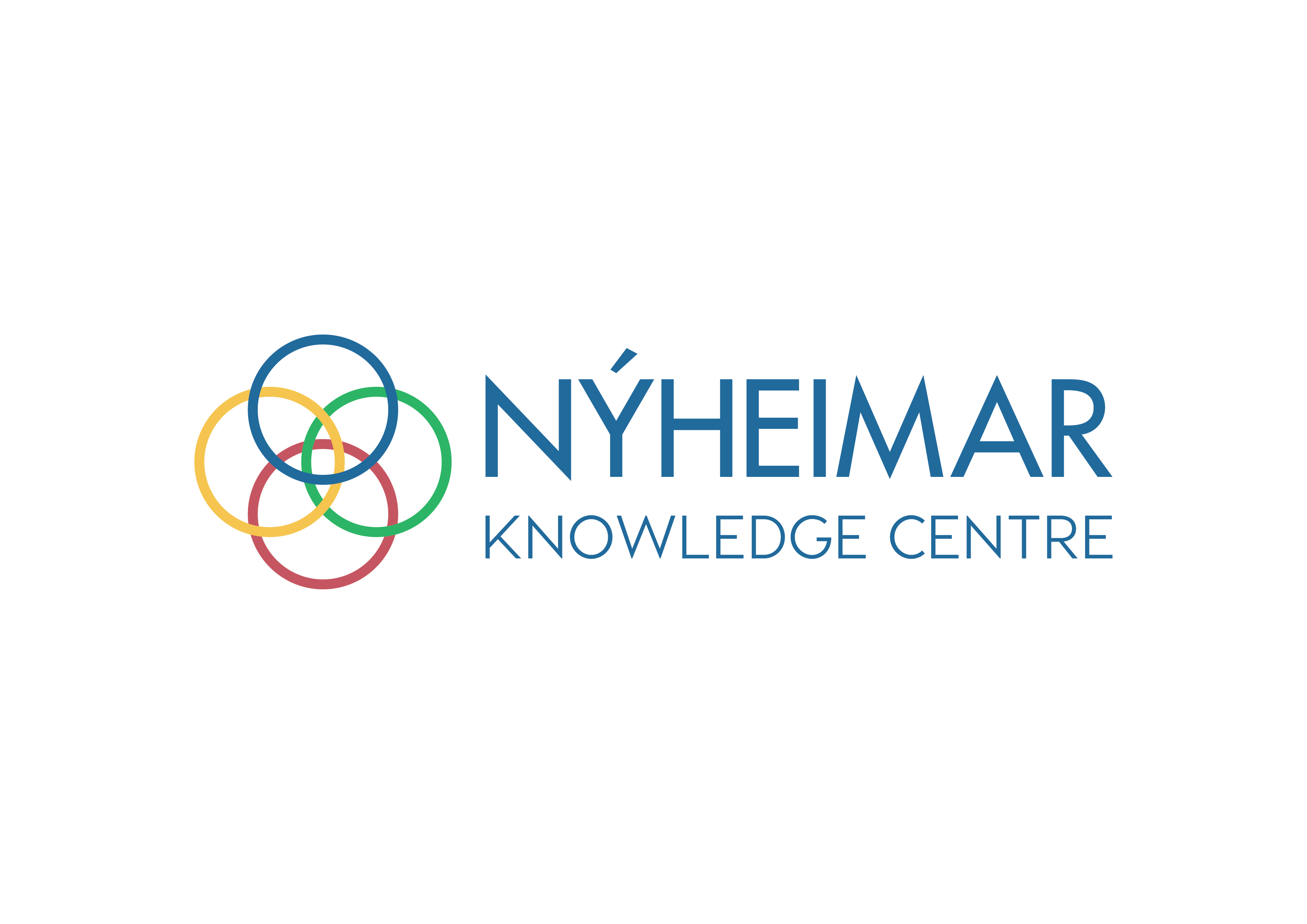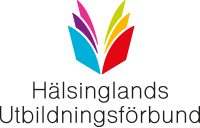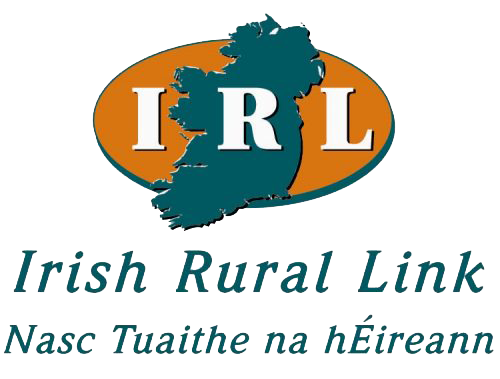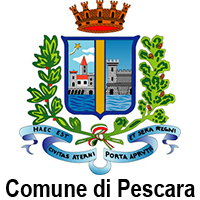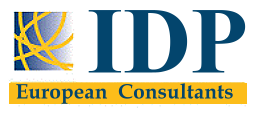|
Unit 1: Use of ICTs for the safeguarding of ICH
Introduction and goalsClick to read 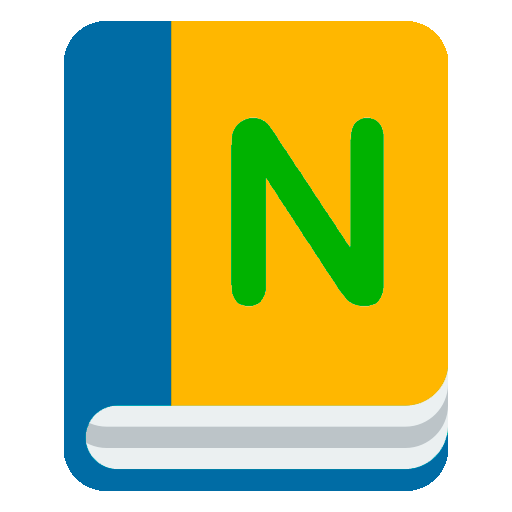
Intangible Cultural Heritage’s inmaterial nature makes it difficult to preserve, but the online world and ICT tools can help provide useful platforms and methods to spread its valuable influence.
We must bear in mind that ICH importance is not about the cultural manifestations themselves, but the knowledge and abilities transmitted from one generation to another.
This heritage is fragile and its influence could be easily lost over the years with the increasing globalization and market competence. Hence the importance of its preservation.
GOALS
- To use ICT Tools for ICH dissemination on the Internet and to enhance online skills among entrepreneurs in the Intangible Cultural Heritage Sector.
Use of ICTs for the safeguarding of ICHClick to read 
The main way of preserving ICH is making it known among different countries and generations. The online world is a network that connects millions of people, making it a great medium for ICH dissemination.
Benefits of using ICT tools for ICH safeguarding Click to read 
|
ICT tools –which stands for“Information and Communication Technology”—are a series of platforms, resources and devices that can transfer any type of information. This is why they play an important role on ICH safeguarding.
As we have said before, the online world offers endless opportunities for sharing and saving information. In the following slides, some of the benefits of using ICT tools for ICH preservation will be presented:
- Non-deteriorating nature. Just as ICH, the online world is intangible. This allows to store information that does not deteriorate, unlike paper documents. Plus, is almost impossible that this information disappears, as it is stored in the “Cloud”.
- Accessible. The Internet offers a great medium for data, information and file sharing, making it easier to spread the influence of Cultural Heritage.
- In addition, we can share our own materials or allow users to add theirs, which after being approved, can help increase the amount of information, testimonies and multimedia files, as well as updated news.
- Updatable and reviewable. As we have said, everyone can access Cultural Heritage resources on the Internet and learn about them. This also includes constant revision, both by users and experts. This means this information can be updated, fixed and extended in a matter of seconds by people in every country.
Nevertheless, we must be careful as users may add fake or doubtful information. Therefore, we must constantly review and delete these, or only allow to add information to authorized users.
|
 |
ICH information sharing multimedia options Click to read 
ICH has different types of manifestation, and its diversity may cause some problems when it comes to spread and make its legacy known. To ensure it, we can use different types of files depending on the type of ICH we want to preserve. In this section, we provide multimedia options for information sharing and online platforms for each one.

Videos: Videos are a great option for dynamic interaction. They allow to share traditional dances, ceremonies or even testimonies and interviews, making it more entertaining and graphic for people to understand and learn.
There are many platforms for video sharing, but the one par excellence is YouTube, used by millions of users worldwide, hosting videos on any subject. Furthermore, it offers a subscription and opinion systems that allows interested people to know when new content is uploaded to your channel.
Another option is Vimeo. This platform is not as popular as YouTube, but offers a great visual quality, which is very important for ICH communication.
Images: a great option for transmitting first hand visual experiences. This way, people can see important cultural heritage elements that otherwise they would never get to see. This way, this intangible heritage can be immortalised and passed on for generations.

Information, newsletters and documents: Information is a key factor for ICH transmission, and the Internet allows to spread this information around the world. Making ICH known guarantees its safeguarding and legacy. Therefore, a good information organisation and dissemination system can be very helpful.
As we have seen in the previous section, the Internet is constantly being updated and expanded. ICH is always an interesting topic; new users discover different websites and platforms, which mean that news, photographs and information are added to them periodically.
A very useful tool for Intangible Cultural Heritage dissemination are websites, which offer a centralised platform that makes accessing information and media easy and available in a few clicks. It is key to have a website for our project, aside from any external social media or platform. This will attract more users and will enhance our strategy and statistics.
WordPress is the website creation platform par excellence. It offers different menus, plug-ins, templates, page designs and publication options, allowing a complete personalisation. It is easy to use, and it used by professionals programmers and low experienced entrepreneurs. In addition, you can find tutorials for WordPress websites creation for beginners.
There are many other options as useful as Wordpress, like SITE123, Wix, SquareSpace or Weebly. All of them have different hosting services and options. Compare and choose the one that best suits your project.
Tips for ICH dissemination onlineClick to read 
As we have seen, ICT tools offer a great opportunity for cultural information dissemination. Nevertheless, a good organisation and strategy are necessary for our project to succeed. Here we present some tips for a good ICH project dissemination:
Website organisation: A good website organisation is a key factor in our strategy. Make sure all the contents are accessible in a few clicks, and that the most interesting pages are easier to find, as this will attract more users. Arrange the contents coherently and intuitively.
Positioning: Once we have created a website, it is important to make it known. There is a series of criteria that web browsers take into account when showing the result list for the search of a specific “keyword”. These criteria are called “SEO” (Search Engine Optimization). It includes factors such us keywords concordance, the user’s experience and the content’s quality. Positioning is important because users will access to the best positioned pages. Therefore, only with an effective SEO strategy, we will attract visitors. Make sure your page is well organised, maintained and updated, and its positioning will improve.
Networking strategy: Social media are a great opportunity to make yourself known. They are a dynamic way to contact people and interact with them, as well as to know potential partners and references. Make your project known and create a follower community. As we have seen in previous sections, there are different social media with different purposes. Choose the ones that suit you better and design, schedule and publish content for your networking campaign.
Multimedia content: When it comes to ICH dissemination, audiovisual content is essential. Bear in mind that many of these cultural traditions or elements are better understood with visual support (for example, Spanish ‘Flamenco’ dance videos). Therefore, including these multimedia elements will attract interest to your project. Nevertheless, we must assure videos and images have good quality; otherwise, the user’s experience will not be enjoyable.
Language options: Our goal is to reach as many users as possible. A website with multiple language options can bring more people from different countries to know your ICH project.
Subscription and Newsletters: Subscription options help keep users updated and informed (if required). Sending newsletters to subscribers allows to keep them interested and can bring new users to our website.
Cloud sharing to transfer and safeguard ICH
The Cloud and ICHClick to read 
The Cloud is an online server hosting service that allows to upload, store, share or modify multimedia files. This way, it is not necessary to have an external hard drive to store our information.
Furthermore, the data is accessible by authorized users from any device or country, allowing complete versatility. Plus, the Cloud guarantees secure file storing. A hard drive can deteriorate or be lost, and occupies a significant physical space. The Cloud is a virtual server’s system that can store several amounts of multimedia elements without occupying physical space for the user.
You can use the Cloud to share, transfer and store different types of files and data, being a key part of your ICH project.
ICT Tools for cloud sharingClick to read 
There are many applications, webs and platforms that offer a file hosting service, with free and premium options. We present some of the most relevant tools for cloud storing and their main features, so you can choose the those that best suit your project:
Dropbox: This tool offers online synchronization thanks to an online server. Its free option offers a file storage of up to 10 GB.
WeTransfer: this app is specially designed for file transfer. It is easy to use and effective, and does not require to create an account to use it. You can upload up to 2GB for free, or use their payment services.
Google Drive: This Google service allows to upload different types of files in a virtual hard drive, with full integration with all Google services. Its free option allows to store up to 15 GB, and to edit them or download them online.
OneDrive: Micorsoft’s service that connects you with all your files. It allows to store, share, protect and access them from any device. Its free services include up to 5 GB and full integration with other Microsoft products.
Mega: This versatile platform that allows to share films, books, games, music, personal documents, images... in a safe way for the users and the platform, with up to 20GB of storage space in its free version.
Summing up
Summing upClick to read 
|


 Play Audio
Play Audio 

